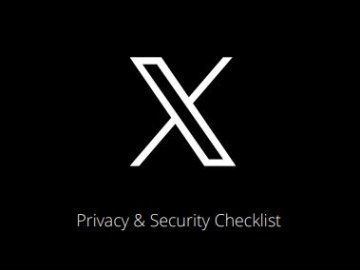This analysis of data from 360 degree safe draws from the self-review data of more than 11,000 schools across the country. This allows us to consider the “state of the nation” in relation to online safety policy and practice in English schools, as well as allowing us to reflect on 10 years of 360 degree safe, and the data it collects.
This 9th review of the database presents a familiar picture to the one we have explored over the last ten years of online safety self-review. We continue to see that some areas, such as filtering and monitoring, and a number of policy aspects are growing in strength. This is encouraging, as policy is an essential part of ensuring schools have effective and consistent online safety practices in place.
Strengths in Online Safety
At the current time we have areas of great strength in school online safety policy and practice:
- Acceptable Use Policy (AUP) - More than 90% of schools have some form of AUP. This helps to provide clarity to everyone within the school community around how technology and devices should be used.
- Filtering and Monitoring - 69% of all establishments have at least coherent and embedded Filtering and Monitoring. This ensures a high level of protection from inappropriate or upsetting content, and enables monitoring that is both useful and proportionate.
- Policy - 73% of establishments have at least coherent and embedded Policy Scope. This is encouraging as it steers settings policy towards clear and consistent practice.
- Parental Engagement - Nearly 80% of schools have practices in place around Parental Engagement.
Weaknesses in Online Safety
However, there are also areas of weakness:
- Governor Education - Only 49% have Governor Education disclosed as level 4 or 5 (meaning no practice or only planned practice) around online safety issues. This raises the question whether these schools are in any position for the board to present sufficient challenge to senior leaders at schools to ensure effective online safety is in place.
- Staff Training - 41% of establishments disclose level 4 or 5 for Staff Training, which is a statutory safeguarding requirement for schools. This complements the lack of governor education such that schools without a knowledgeable board are not in a position to ensure the school is carrying out its statutory duties regarding online safety training.
- Data Protection - 28% of schools have no data protection policy in place, which means they are not fulfilling statutory duties around data protection and storage. Only 19% of schools have anything about “basic” Data Protection practices, and over 50% are at level 3.
- Impact of Online Safety Policy and Practices - One aspect we would consider to be aspirational around online safety practice is Impact of Online Safety Policy and Practices, or whether an establishment would evaluate their current policy and practice in a school improvement strategy. Very few schools in our database (13%) have strong practice with this aspect, and almost 50% do not consider this at all.
Performance this year, on average, is very similar to previous years and we see no fundamental changes in the share of the data. However, every aspect shows some level of improvement, albeit generally small. If we compare with last year’s averages, we can see that there are improvements across all aspects.
A Decade of Online Safety in Schools
Professor Andy Phippen, Professor of Digital Rights at Bournemouth University said: “We have seen 360 Degree Safe grow from a tool used by a small proportion of schools to one helping over half of the schools in the country understand and improve their online safety policy and practice. And as the person who has been looking at the data the tool provides for these ten years, it is good to see schools have certainly greatly strengthened their online safety provision, and it is clear, as a statutory safeguarding requirement, it is in far better shape than it was in 2009.
We still have some way to go in some areas, such as staff training, but it is encouraging to see that the vast majority of schools now have policy related to online safety that relates to whole school practice and the technical measures in place to ensure young people cannot gain access to illegal, inappropriate or upset content on school systems
Given this report is not just the annual update, but also a “ten years on” reflection, we have additionally engaged with 45 online safety professionals to get them to reflect upon the changes they have seen in this time, and what were their hopes for the future. There is a belief that on the whole online safety practice has improved in schools during this time, however this is offset with a constantly changing online safety landscape and the nature of risk. We can see this reflected in the 360 Degree Safe data, which shows Whole School approaches being far stronger than they were ten years ago, and the vast majority of schools now having strong policies that underpin online safety practice in the schools.
Professor Emma Bond, Director of Research and Head of Graduate School and Professor of Socio-Technical Research at the University of Sussex said:
In the last 10 years we have seen significant improvements in public and parental awareness of online behaviours and potential harms although some of this has sadly resulted from unhelpful media hype. We are seeing many more educational responses becoming more appropriate, focused and effective for engaging young people and their families with nearly 80% engaging with parental involvement. However, this also means that 20% are not which remains concerning
360 degree safe was launched by SWGfL in November 2009 to allow schools to evaluate their own online safety provision, benchmark that provision against others, identify and prioritise areas for improvement and find advice and support to move forward.
UK Schools Online Safety Policy & Practice Assessment 2020
You can look at the previous versions of the report here:






